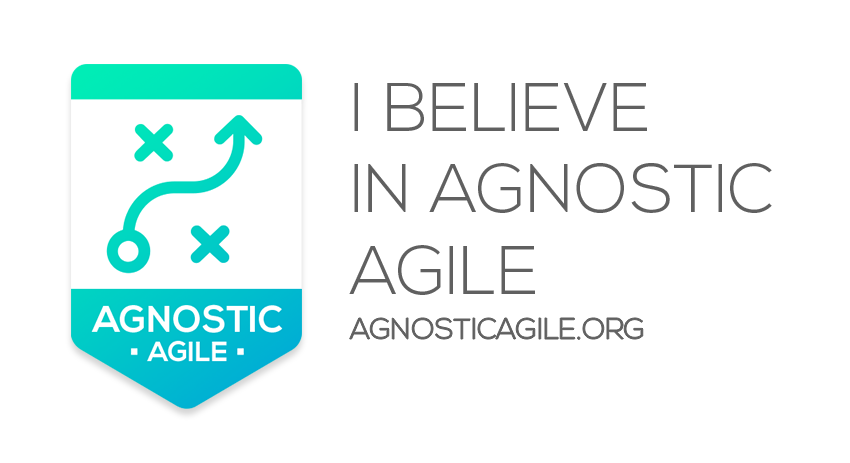Complexity Theory is primarily made up of 4 different theories that are used for modeling and analyzing complex systems. These complex systems can include both the natural world, human/animal relationships, as well as the organization of businesses.
From Complexity Theory, there have emerged several ideas that try to harness what we have learned and apply it to managing a business or a team of people. This includes Complex Leadership Theory or Complex Management Theory, Complex Adaptive Systems, and even the Agile principles have origins in the lessons that have been learned in the study of complexity theory (Real Agile, not just iterative development practices or waterfall project management with daily stand-ups).
The 4 main theories that contribute to the Complexity Theory body of knowledge are:
- Systems Theory: Often called the mother of Complexity Theory. It deals with ideas surrounding self-organization and adaptability. Computer science from Systems Theory is a major contributor to understanding Complexity Theory
- Chaos Theory: Which is the study of non-linear systems, or things that my look completely random but still have an underlying cause that may not seem obvious on the surface. From Chaos Theory, we gain an understanding of feedback loops and non-linear systems.
- Network Theory: Network Theory is a more practical application that relies less on models and more on real-world data. It includes the study of the world’s supply chain, communication networks, and social networks.
- Adaptive Systems Theory – Adaptive Self-Organization Theory: This is the study of the actions and reactions to others behavior. It studies the organization of things that do not have centralized control. They are governed by simple rules that emerge through interaction.
Adapting to Complexity
Current businesses waste a lot of time and effort on exerting control and maintaining a large centralized system to control their organizational structure. We have a top-down approach to business that attempts to force a linear view inside of what is a very non-linear system.
Books and Educational Material on Complexity Theory
At no point should that centralized system completely go away, but it could be better served to provide a focus for the organization and let the people outside the structure worry more about organizing themselves. The structure could become leaner and make the organization flatter; reducing costs and improving quality.
Whereas some authors claim that complex adaptive systems cannot be controlled, others propose some approaches for managing. Handling with complex adaptive systems starts with holding a shared picture of the future the organization is seeking to create – visioning. The vision has to be integrated in all parts of the systems and ensure that all the actions are taken towards this vision. – Bhasin H.

Learning From Complexity to Create a More Adaptable and Streamlined Organization:
- Create a more simplified rule structure. Reduce unneeded, overly complicated rules. Do you really need your employees to be present at exactly 8:00 AM every single day? Some jobs, maybe, others not so much yet that rule will remain and be enforced.
- Instead of telling people how to do their jobs, figure out how they are actually doing the job. Bring out The Hidden Shadow System in Your Company.
- Worry about the bare minimum specifications and stop stifling innovation with strict requirements that add a more complicated structure to a complex system.
- Let teams self-organize more, even choosing who will lead them directly. You can still have oversight over a team, but allow them to handle the details and specifics of the business vision. Emergent Leadership Origins: Complexity Theory and What Most People Forget About Agile
Reflection
Relinquishing control has been the hardest part for most organizations to be able to do, and this will remain a constant hindrance to the organization in working to place control within the hands of those that do the work. The benefits of organizational agility won’t be achieved until the torch of control is divided up.
Managers still have a place in such an organization (Do Managers Have a Place in Agile?), but the control of that role should be passed down. The people should make the major decisions regarding how they conduct their work. The organization just needs to ensure that they know what to work on.
Sources
Complex Adaptive Systems: https://www.udemy.com/complex-adaptive-systems/
Bhasin H. Complexity Theory of Business. Retrieved From https://www.marketing91.com/complexity-theory/
Mary Uhl-Bien, Russ Marion, Bill McKelvey, Complexity Leadership Theory. Retrieved from http://theclariongroup.com/images/GooglePlus-Docs/Complexity-Leadership-Article.pdf.
Lichtenstein B, Uhl-Bien M, Marion R, Seers A, Orton J, Schreiber C. Complexity leadership theory: An interactive perspective on leading in complex adaptive systems. Emergence: Complexity and Organization. 2006 Dec 31 [last modified: 2016 Nov 26]. Edition 1. doi: 10.emerg/10.17357.289e129e99e80aa333abfde5fb792d3d. Retrieved from https://journal.emergentpublications.com/article/complexity-leadership-theory-an-interactive-perspective-on-leading-in-complex-adaptive-systems/
Categories: Agile, Complexity Theory, Leadership






3 replies »